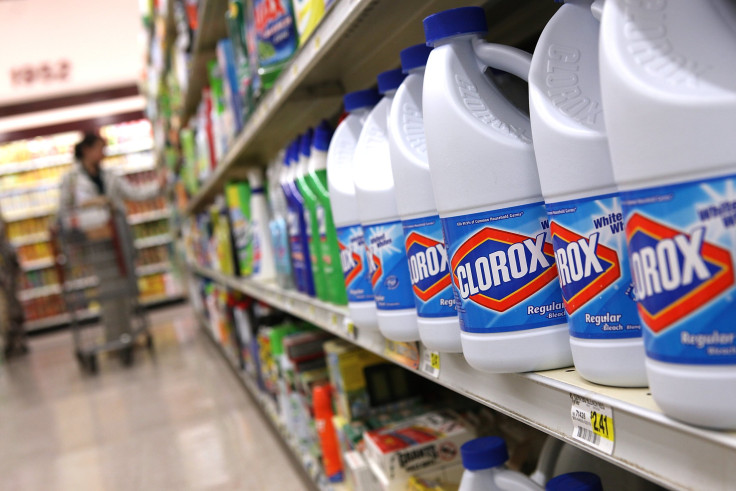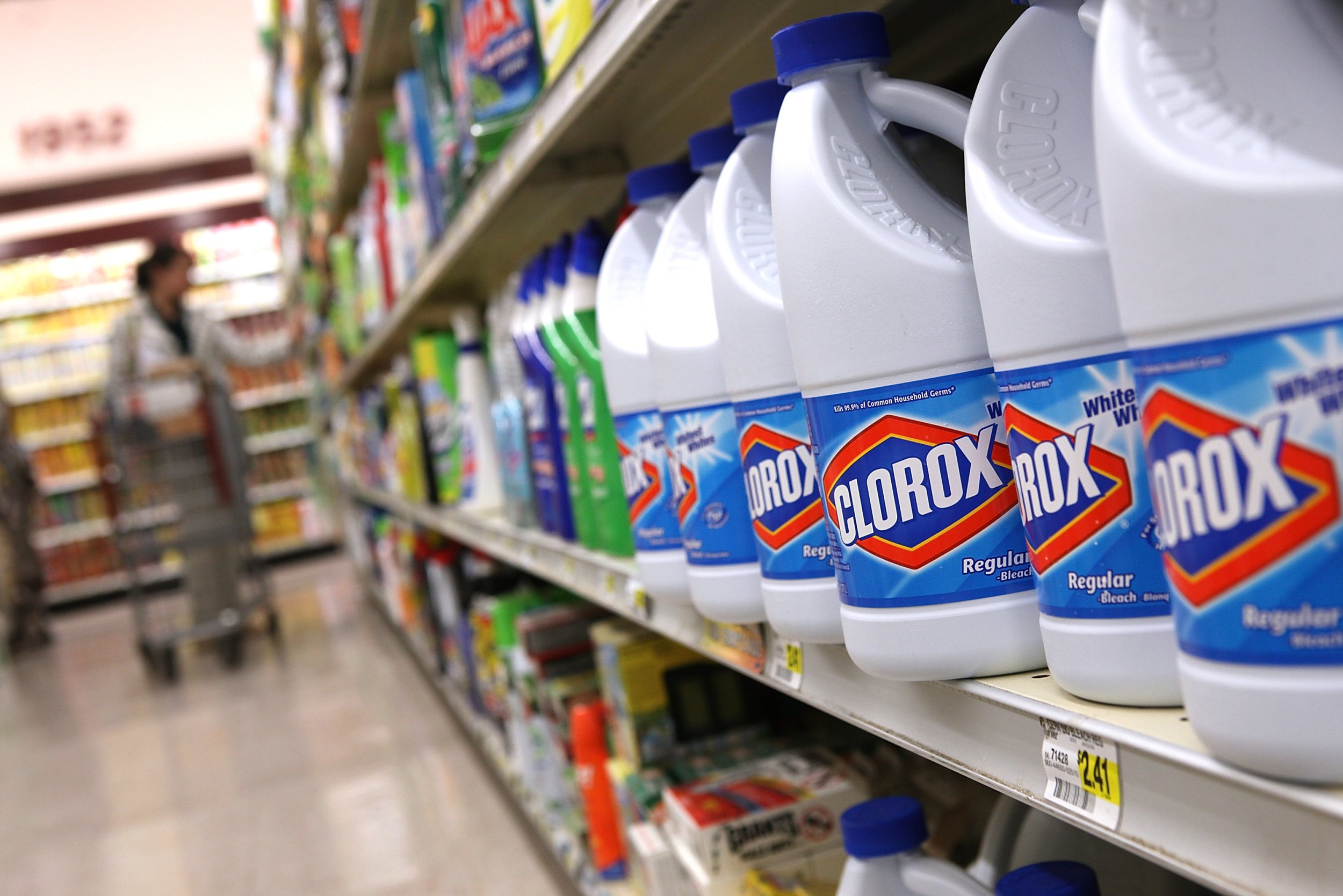A team of toxicologists is calling for urgent action to eliminate the use of some common disinfectants in schools and offices as they expose humans to harmful chemicals that cause a wide range of health hazards.
They say people should switch to standard soap and water instead of relying on toxic cleaning agents. According to a study published in a peer-reviewed paper, the products contain a dangerous group of chemicals – quaternary ammonium compounds, also known as QACs or “quats.”
While “quats” are a common component in cleaning essentials, especially those that claim to “kill 99.9% of germs,” a growing body of evidence suggests they expose kids to dangerous levels of developmental disorders.
Animal studies have shown that some QACs can cause reproductive toxicity with sustained exposure, may contribute to weight gain and can impair energy production in cells, The Conversation reported.
A recent study aimed at acquiring an in-depth understanding of the dangers of “quats” showed the chemicals are linked to antimicrobial resistance, they pollute the environment and aren’t particularly effective.
“We did the review to answer the question of ‘What do we really know?’ and what was most surprising was there was a lack of health hazard data in the majority of QACs, and the few that have been studied have red flags,” Courtney Carignan, a co-author on the paper and a toxicologist at Michigan State University, told The Conversation.
The products that commonly contain QACs are paints, pesticides, hand sanitizers and personal care items. Studies have pointed to several other issues that are linked to the class of compounds, including infertility, birth defects, metabolic disruption, asthma, skin disorders and various diseases. Worse, they create “superbugs” that aren’t easy to kill and are immune to several antibiotics.
When did their use skyrocket?
The need for disinfecting almost everything arose when the COVID-19 pandemic began, which boosted the sales of cleaning agents. Their application wasn’t limited to toilets or floors, almost every other thing found in the house, including doorknobs and groceries also came under the cleaning radar at the time.
That’s when it struck the researchers that frequent disinfectant use could lead to adverse health effects from QACs. These harmful chemicals pose a threat through multiple routes of exposure. They can linger on surfaces post-disinfection and enter the body through the skin or mouth after coming into contact with disinfectant wipes.
Inhalation is another risk factor, particularly with spray disinfectants, as the chemicals can easily become airborne and attach themselves to dust particles. These toxic substances can remain in the air for extended periods, leading to prolonged exposure and increased health risks, The Guardian reported.
The high-risk groups are children and older adults as the wipes are so frequently used in daycares or schools, as well as by daycare workers and cleaning professionals.
Researchers urge people to restrict the use of the chemicals to only places where people have been actively ill, such as areas contaminated with vomit or during certain disease outbreaks. Plain soap water is otherwise safest for general cleaning purposes, Carignan told The Guardian.
“Chemicals of concern should only be used where their function is necessary for health and safety or is critical for the functioning of society, and no safer alternatives exist,” the researchers wrote.

Justin Sullivan/Getty Images
Published by Medicaldaily.com


